I'm working on a low voltage DC consumer product that specifies using a specific magnetic charge cable on the 5V input instead of a regular USB connector. See image:
We started out assuming the cable wasn't symmetrical and there must be a positive and ground that could only fit one way, so we planned to just use a corresponding positive and ground pin on the PCB power input. See image:
But later we found the cable is in fact symmetrical, so the user could attach it in an orientation where the positive and ground connections could be swapped. So, we can't just assume to have a static positive and ground pin as shown in the pictures, it seems we need a way to sense upon connection, which pin is positive and which pin is ground and design our circuit to handle it either way.
Are there IC's we could use to help handle this? Some other approaches to the circuit design?
Thank you!
Note: all the images here are my own.
